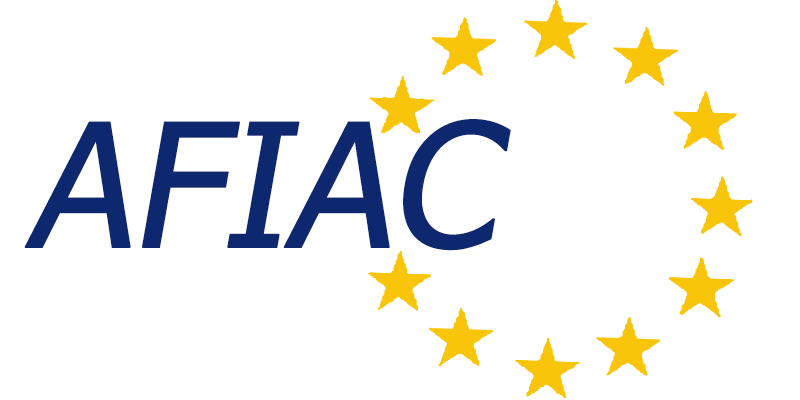Kenyans must return their 1,000 shilling ($10; £8) notes to banks by 1 October, in a bid to fight money laundering, counterfeits and corruption.
New banknotes are to be brought in over the coming months with other denominations being phased out gradually.
Some Kenyans have expressed anger over the new banknote design, which features an image of a statue of Kenya’s first President, Jomo Kenyatta – the current president’s father.
The decision on the design, as well as the clampdown on the 1,000 shilling notes, has been challenged in court.
Why is Kenya replacing its banknotes?
Kenya is withdrawing the note to crack down on embezzlement and tackle a wave of counterfeit 1,000 shilling notes.
The governor of Kenya’s central bank, Patrick Njoroge, also expressed “grave concern” over larger banknotes being used for “illicit financial flows in Kenya and also other countries in the region”.
The 1,000 shilling note is the highest value note in Kenya and according to Mr Njoroge, the Kenyan shilling is the equivalent to the US dollar in east Africa, in terms of its recognition.
Source: Kenya’s new banknotes and the battle against corruption – BBC News


